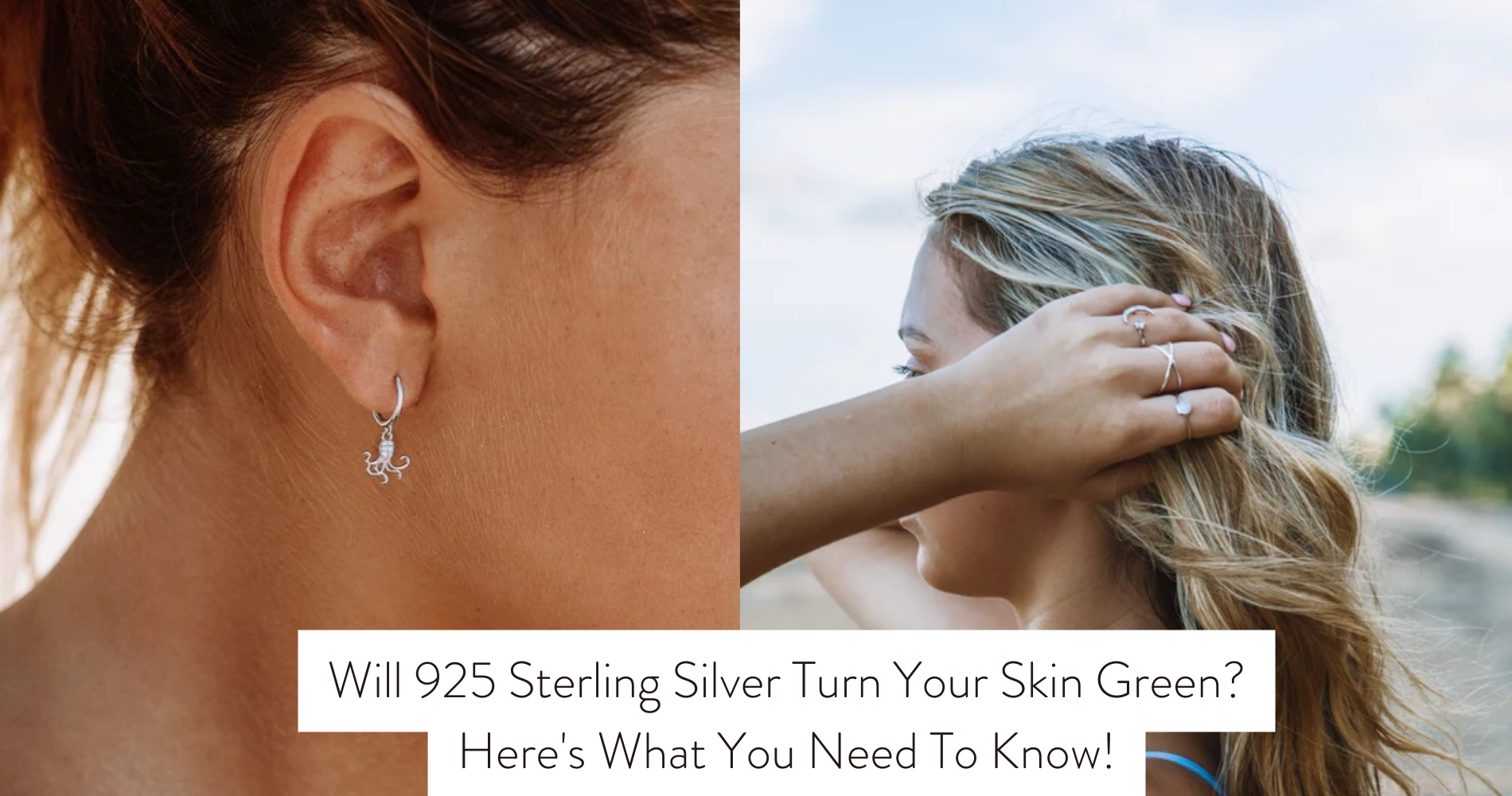
Will 925 Sterling Silver Turn Your Skin Green? Here's What You Need To Know!
Are you worried that wearing 925 sterling silver might leave you with a greenish tint? Well, here's what you need to know about this common concern.
Though the idea of your skin turning green may symbolize something negative, the truth is that it's not as alarming as it sounds.
In this article, we'll delve into why 925 sterling silver tarnishes and how it can sometimes cause a green skin reaction. We'll also explore the factors that contribute to this discoloration and provide you with useful tips to prevent it.
Furthermore, we'll touch upon alternative options to 925 sterling silver for those who prefer a cautious approach, including the consideration of waterproof jewelry.
So, let's put your worries to rest and get to the bottom of this silver mystery.
Why Does 925 Sterling Silver Tarnish
925 Sterling silver tarnishes due to a chemical reaction between the silver and sulfur compounds in the air or on the skin. This reaction causes a thin layer of dark tarnish to form on the surface of the silver jewelry. The main causes of tarnishing are exposure to air, moisture, and certain chemicals. When silver comes into contact with sulfur compounds, such as hydrogen sulfide, it undergoes a chemical reaction that forms silver sulfide. This silver sulfide is the black tarnish that we see on the jewelry.
Tarnishing can have negative effects on the durability of silver jewelry. The layer of tarnish that forms on the surface of the silver can weaken the metal, making it more prone to scratches and damage. Additionally, tarnished silver may lose its shine and luster, diminishing its overall appearance. This can be especially concerning for individuals who wear silver jewelry regularly, as constant exposure to the elements can accelerate the tarnishing process.

Ensuring the longevity and luster of your silver jewelry, including the exquisite sterling silver cross ring, involves proper storage and care. When your jewelry is not in use, store it in airtight containers or utilize anti-tarnish bags to minimize exposure to air and moisture. Furthermore, steer clear of contact with chemicals like perfume, lotion, and household cleaners, as this precautionary measure aids in preventing tarnishing. Incorporating regular cleaning and polishing into your routine is also beneficial, as it effectively eliminates any existing tarnish, rejuvenating the shine and brilliance of your silver pieces.
The Truth About the Green Skin Reaction
Is your skin turning green when you wear sterling silver jewelry? Don't worry, it's not a sign of an alien invasion! The truth is, the green skin reaction is a common occurrence when wearing certain types of jewelry, including sterling silver. But what causes this reaction, and are there any remedies?
The main cause of the green skin reaction is the metal alloys used in the sterling silver. While pure silver itself is hypoallergenic, it's often mixed with other metals such as copper to make it more durable. It's the copper content that's responsible for the green skin reaction. When copper comes into contact with the acids in your skin, it can oxidize and create a green discoloration.
Curious about how to mitigate or avoid the green skin reaction? One straightforward solution involves applying clear nail polish to the parts of the jewelry that make direct contact with your skin. This application acts as a protective barrier, inhibiting the interaction of copper with your skin. Alternatively, you can opt for jewelry that features a protective layer, like rhodium or gold plating. These coatings establish a shield between the metal alloys and your skin, diminishing the chances of experiencing a green skin reaction. Consider this approach when choosing jewelry, and explore options like the stylish silver whale tail earrings for a combination of elegance and preventive care.

Factors That Can Contribute to Skin Discoloration
To understand why sterling silver jewelry can cause skin discoloration, it's important to consider various factors that contribute to this reaction.
Several causes can lead to the discoloration of the skin when wearing sterling silver jewelry. One major factor is the oxidation process that occurs when silver comes into contact with moisture, such as sweat or water. This chemical reaction can cause the silver to tarnish and leave a greenish residue on the skin.
Another factor is the presence of certain chemicals on the skin, such as lotions, perfumes, or soaps. These substances can react with the silver and accelerate the tarnishing process, resulting in skin discoloration.

Additionally, individual body chemistry plays a role in how the skin reacts to sterling silver. The pH level of your skin and the acidity in your sweat can influence the speed and intensity of the discoloration.
To prevent skin discoloration from sterling silver jewelry, there are a few precautions you can take. First, make sure to keep your jewelry clean and dry, as moisture can accelerate tarnishing. Avoid wearing your sterling silver jewelry when using lotions or perfumes, as these substances can react with the metal.
Lastly, consider using a protective barrier, such as clear nail polish, on the areas of your skin that come into contact with the jewelry. By being aware of these factors and taking preventative measures, you can minimize the risk of skin discoloration when wearing sterling silver jewelry.
Tips for Preventing Green Skin From Silver Jewelry
To prevent green skin from silver jewelry, follow these helpful tips.
First, it's important to keep your silver jewelry clean and dry. Moisture can accelerate tarnish, so make sure to remove your jewelry before swimming or showering. When you're not wearing your silver pieces, store them in airtight containers to prevent tarnish from forming.
Additionally, avoid exposing your silver jewelry to harsh chemicals such as perfumes, lotions, and cleaning products. These substances can cause the silver to react and tarnish more quickly.
Another tip is to consider hypoallergenic options when purchasing silver jewelry. Some people are more sensitive to certain metals, which can lead to skin discoloration. Look for jewelry that's specifically labeled as hypoallergenic or made from materials such as stainless steel, titanium, or platinum, which are less likely to cause skin irritation.
If you notice that your silver jewelry is starting to tarnish, there are a few methods you can try to remove it. One option is to use a silver polishing cloth or a mild silver cleaner. Gently rub the tarnished areas until the tarnish is removed. Another method is to create a paste using baking soda and water, then apply it to the tarnished areas and gently scrub with a soft cloth.
Exploring Alternative Options to 925 Sterling Silver
If you're looking for alternative options to 925 sterling silver, there are a few other materials you might consider.
When it comes to finding hypoallergenic options, titanium and surgical stainless steel are popular choices. These materials are known for their durability and resistance to tarnish, making them great alternatives to traditional silver.
Titanium is particularly lightweight and strong, making it ideal for those with active lifestyles. It's also hypoallergenic, meaning it's less likely to cause irritation or allergic reactions.
Surgical stainless steel, on the other hand, is a versatile option that's both durable and affordable. It's commonly used in medical procedures due to its hypoallergenic properties.
Another alternative material to 925 sterling silver is platinum. While it can be more expensive, platinum is highly resistant to corrosion and tarnish, making it a long-lasting choice. Additionally, platinum is hypoallergenic, making it suitable for those with sensitive skin.
If you're looking to try something different from traditional silver, these alternative materials offer a range of options to suit your style and needs.
Frequently Asked Questions
What Are Some Common Causes of Tarnish on 925 Sterling Silver?
Tarnish on 925 sterling silver is caused by exposure to air and moisture. To prevent tarnish, store your silver jewelry in airtight containers or anti-tarnish bags. Regularly clean and polish your jewelry to maintain its shine.
Can the Green Skin Reaction From Wearing 925 Sterling Silver Be Harmful to My Health?
Wearing 925 sterling silver might cause your skin to turn green, but don't worry! This reaction is not harmful to your health. To prevent it, you can try coating the jewelry with clear nail polish.
Are There Any Specific Factors That Can Make the Skin Discoloration From Wearing 925 Sterling Silver Worse?
Factors like sweat, humidity, and exposure to chemicals can worsen the skin discoloration from wearing 925 sterling silver. While the green skin reaction is usually harmless, long term effects may occur in rare cases.
How Can I Clean Tarnished 925 Sterling Silver Jewelry?
To clean tarnished 925 sterling silver jewelry, try effective home remedies like using baking soda and aluminum foil or toothpaste. Alternatively, you can opt for professional cleaning options to restore its shine.
What Are Some Alternative Jewelry Options to 925 Sterling Silver That Do Not Cause Skin Discoloration?
Looking for alternative metal options to avoid allergic reactions and skin discoloration? Consider metals like titanium, stainless steel, or platinum. These options can give you stylish jewelry without the worry of green skin.
Conclusion
In conclusion, while 925 sterling silver can sometimes cause a green skin reaction, there are various factors that contribute to this discoloration.
By understanding why sterling silver tarnishes and taking certain preventive measures, such as keeping the jewelry clean and dry, you can minimize the chances of experiencing green skin.
Additionally, exploring alternative options to sterling silver can be a good choice for those who are more prone to skin discoloration.




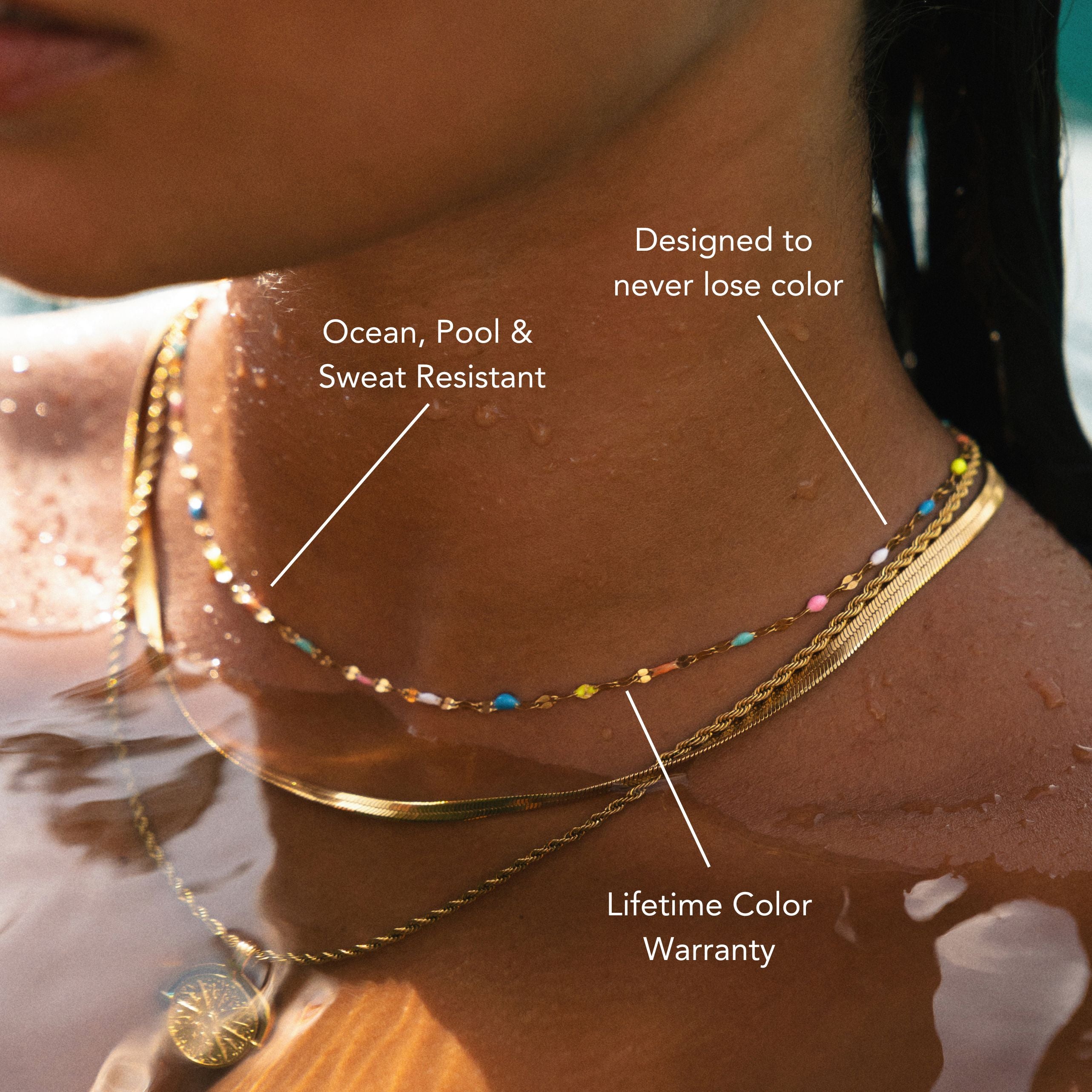
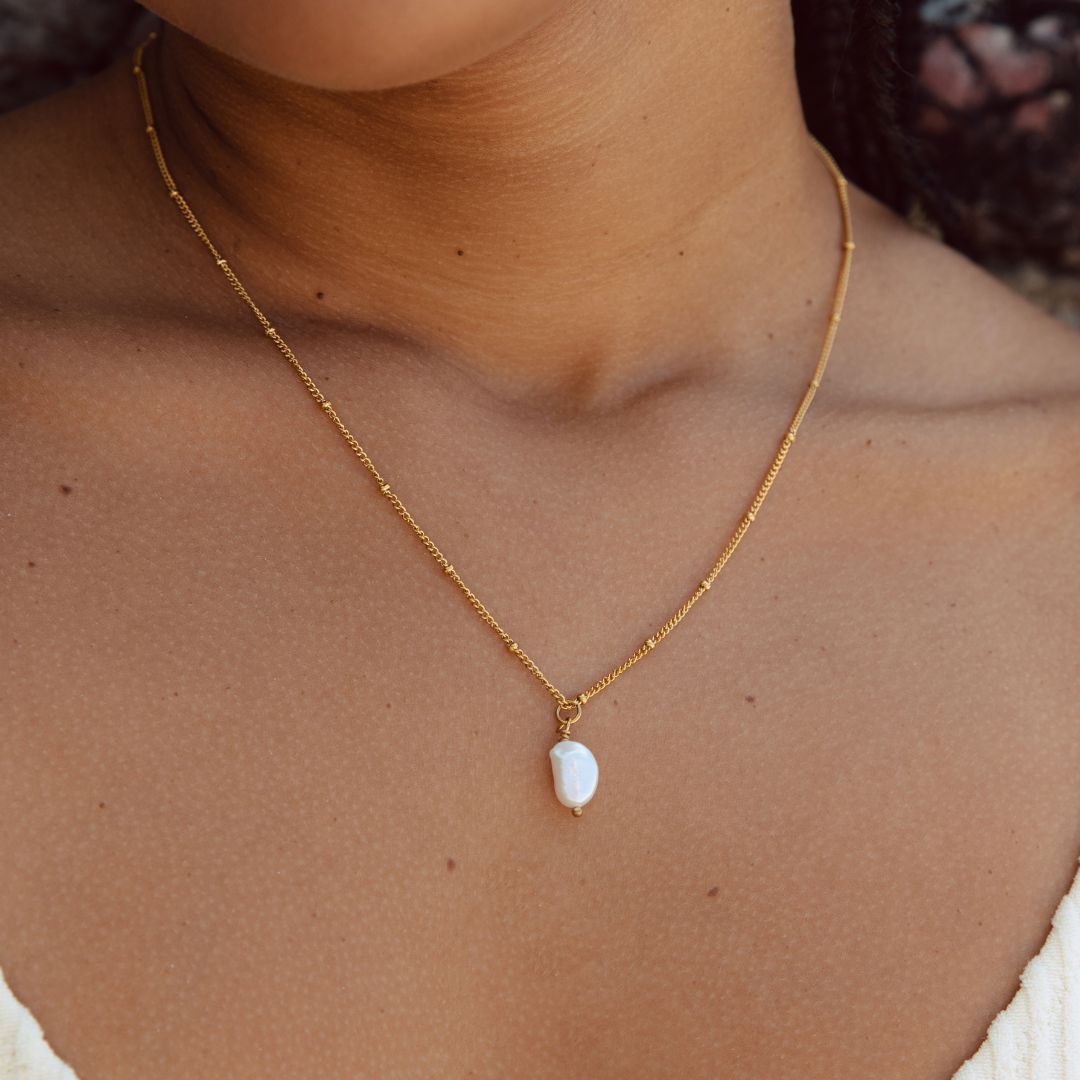

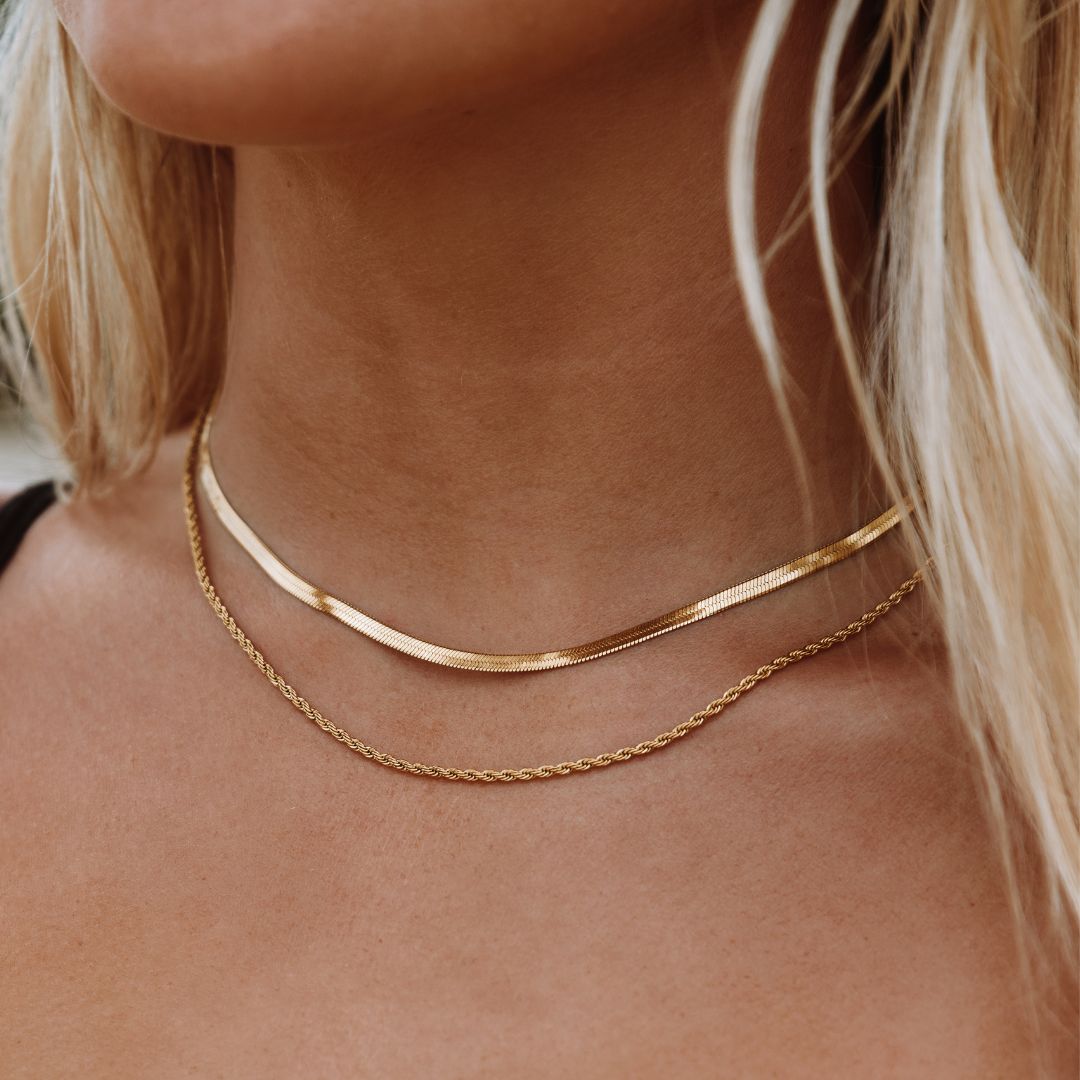





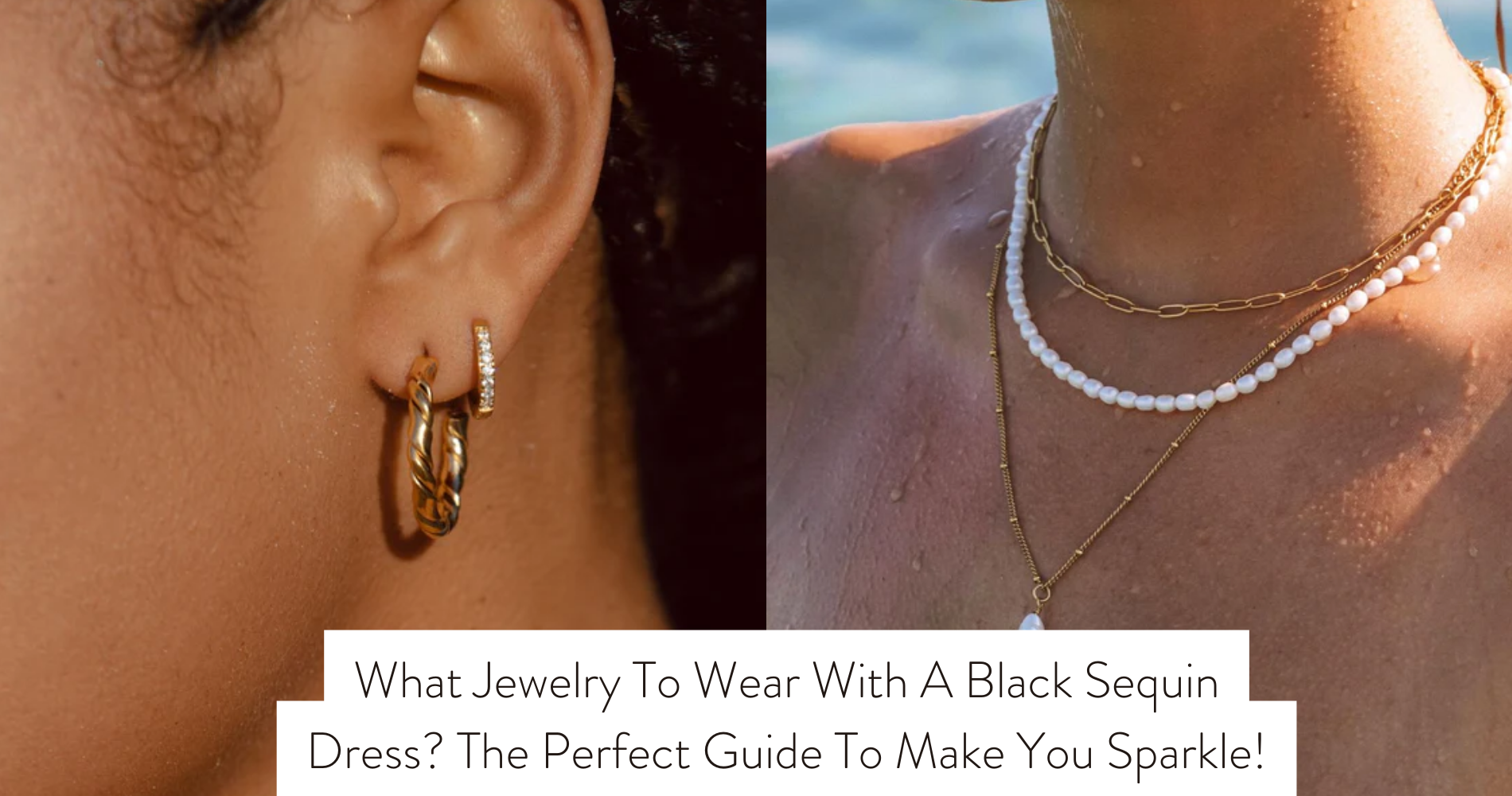





Leave a comment
This site is protected by hCaptcha and the hCaptcha Privacy Policy and Terms of Service apply.